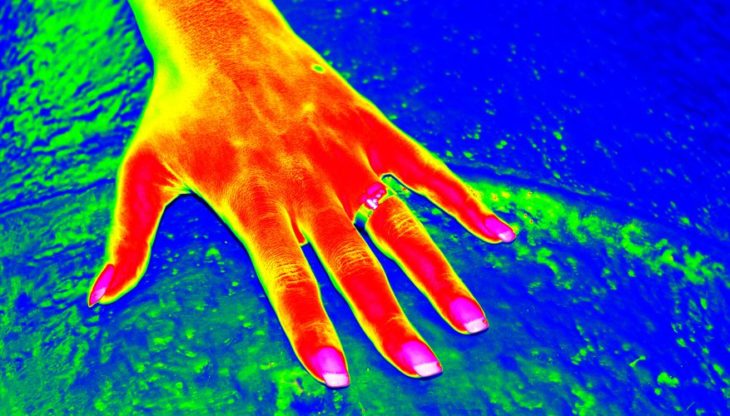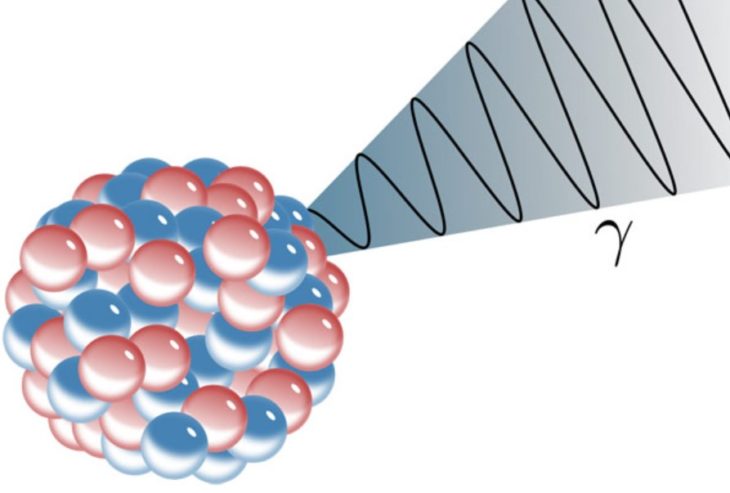Electromagnetic waves, or EM for short, are a reaction between an electric field and a magnetic field in which vibrations occur and in the end, result waves are created. EM waves are composed of oscillating magnetic and electric fields and there are 7 types of EM waves found in nature.

Source: Video Blocks
Types of EM Waves
- Radio Waves
In the EM spectrum, there are 7 types and the first one is radio waves. Radio waves are the lowest-frequency waves of them all and can be used to carry signals and translate other signals into usable information. Many things in our nature and man-made emit radio waves and anything that emits heat emits radiation in the EM spectrum. Giant objects such as stars, planets, comets, and other bodies in the cosmos all emit radio waves. Man-made things such as radio, television stations, cellphones, all produce radio waves and carry the signal that is translated into your telephone, computer, radio, television, etc.
- Microwaves
The second lowest frequency of the bunch are the microwaves. The interesting thing is that microwaves can be up to miles in length, and can measure as small as a few centimeters. Microwaves are high-frequency waves that can interfere with radio waves. These waves occur from clouds, rain, and smoke. Microwaves can cook your dinner, carry cell and computer data, carry radar, and transmissions.

Source: Sciencing
- Infrared Waves
The third electromagnetic waves from the spectrum, with the 3rd from the bottom lowest frequency, are infrared waves. These waves measure from a few centimeters down to microscopic lengths. Infrared waves emit heat and radiation. Infrared waves are produced by fire, our sun, and other objects that produce heat.
- Visible Light Rays
The colors of the rainbow are visible examples of light rays. These types of waves are detected as reds in the case of lower wavelengths and are detected as violet in the case of a higher wavelength. The sun is a prime example of a visible source of light rays. Depending on the wavelength an object absorbs, objects are perceived as different colors in nature.
- UV Waves
UV waves have an even shorter wavelength than the previously mentioned visible light rays. UV waves are dangerous, and the cause of them is sunburn. UV waves are so dangerous that they can cause cancer in living organisms due to the high temperature they emit. Every star in our galaxy emits UV waves, and they can be detected through it. Astronomers use UV waves to learn the structure of the galaxy, measure distances of stars, and more.

Source: BusinessLIVE
- X-rays
X-rays are waves with a very small wavelength ranging from 0.03 and 3 nanometers- that is as small as an atom. These are extremely high-energy waves that are emitted from objects that produce extreme temperatures, like our sun’s corona. X-rays are the byproduct of astronomical phenomena’s such as pulsars, supernovas, and even black holes. These are commonly used in our medicine to view bone structure within our body, however, they can be very dangerous.
- Gamma Rays
The highest frequency waves in the EM spectrum are Gamma Rays. They are very rare in nature and are emitted only from the most energetic cosmic objects such as pulsars, supernovas, black holes, and neutron stars. Man-made sources are nuclear explosions, radioactive decay, and of course, lightning. Gamma waves are measured in subatomic lengths and they can even pass freely through atoms. Gamma waves are also dangerous as they can destroy entire organisms, fortunate for us, the Earth absorbs most of them.

Source: engadget.com
